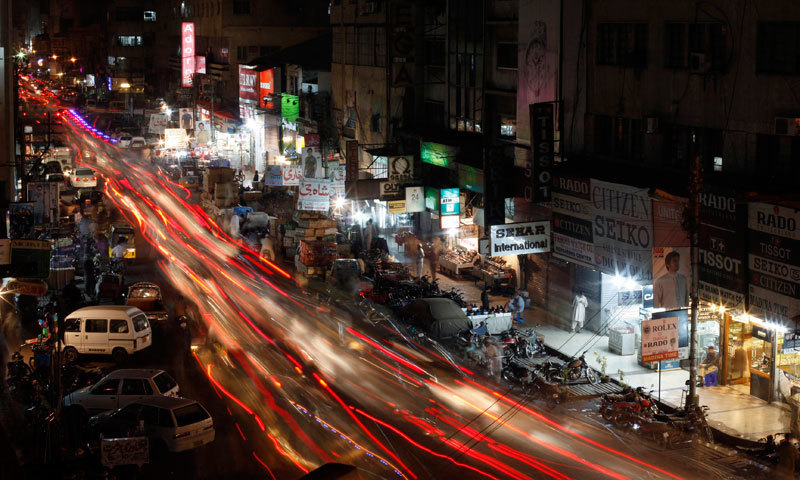
Economists say Pakistan has the potential to generate much higher tax revenues than it normally collects by reducing the tax gap – the difference between potential and actual tax revenues. They have suggested ways how to bridge this gap.
Pakistan's revenue collection surpasses target
“Pakistan’s tax gap was equivalent to almost 43% of the actual revenue collected in fiscal year 2014-15,” said Research and Advocacy for the Advancement of Allied Reforms (RAFTAAR) in a report written by top economists and economic think tanks.
Pakistan collected Rs2.8 trillion in tax revenues in 2014-15 against the potential of Rs3.975 trillion. This showed a gap of Rs1.175 trillion.
“(This is) more than 4% of gross domestic product (GDP) … (and) more than we spend on health and education combined,” it stated.
Too often, large amounts of revenue are lost because groups with vested interests and powerful lobbies get preferential treatment in the shape of unnecessary exemptions and concessions from the government.
With the tax evasion (illegal) and tax avoidance (legal), the size of lost revenue grows to the estimated one.
Moreover, Pakistan’s informal economy is almost as big as the formal economy, possibly larger. This implies that almost half the national economy is going virtually untaxed.
Pakistan faces Rs3.3 trillion revenue black hole, says IMF
The advocacy group says: “The largest gap in our revenue collection is actually in corporate income tax, at about 3.7% of GDP. Only 40% of companies registered with the Securities and Exchange Commission of Pakistan (SECP) file returns and only 60% of those who file returns declare any profits.”
Agriculture constitutes 21% of GDP but contributes just 1% of taxes. “Some estimates have suggested that we should be collecting up to 56 times more than the current collection – that is up to Rs112 billion,” the report stated, adding the industry constituted 18% of GDP but was overburdened with 73% of total taxes.

Major reforms in property tax should be another priority. “In Punjab alone, it is estimated that the revenue potential in the urban immovable property tax is almost Rs25 billion. If collected, this would be 10 times more than what is actually received,” it said.
Indirect taxes are regressive because everyone pays the same amount of tax regardless of their income. In other countries like India, Turkey, Malaysia and Indonesia the share of indirect taxes is below 60%.
A large increase in the share of withholding taxes (WHT) in income tax and the introduction of new or enhanced WHT on imports, electricity, telecommunication, contractors and agricultural supplies have increased the regressive nature of the tax.
Insurance sector’s tax structure to change
“The share of WHT in income tax has gone up from almost 49% in 2006-07 to 61% in 2013-14. That is a move in the wrong direction,” it argued.
Taxes and import duties on staple items are regressive and hurt the poor. Duties on basic food items have resulted in the price of wheat and sugar going up by Rs10 per kg for everyone, no matter how much they earn.
RAFTAAR suggested catching outright tax evaders and closing the legal cover to disguised tax avoiders. Besides, it suggested removing schedule 2 and 3 of the Income Tax Ordinance, rationalising energy taxes so subsidies only go to the poor, and creation of the National Reforms Commission.
The writer is a staff correspondent
Published in The Express Tribune, May 30th, 2016.
Like Business on Facebook, follow @TribuneBiz on Twitter to stay informed and join in the conversation.



1732184775-0/BeFunky-collage-(80)1732184775-0-165x106.webp)

1732189737-0/Express-Tribune-(14)1732189737-0-270x192.webp)
1732189200-0/Express-Tribune-(13)1732189200-0-270x192.webp)
1732184492-0/BeFunk_§_]__-(25)1732184492-0.jpg)

1732179298-0/BeFunk_§_]__-(23)1732179298-0.jpg)







COMMENTS (1)
Comments are moderated and generally will be posted if they are on-topic and not abusive.
For more information, please see our Comments FAQ